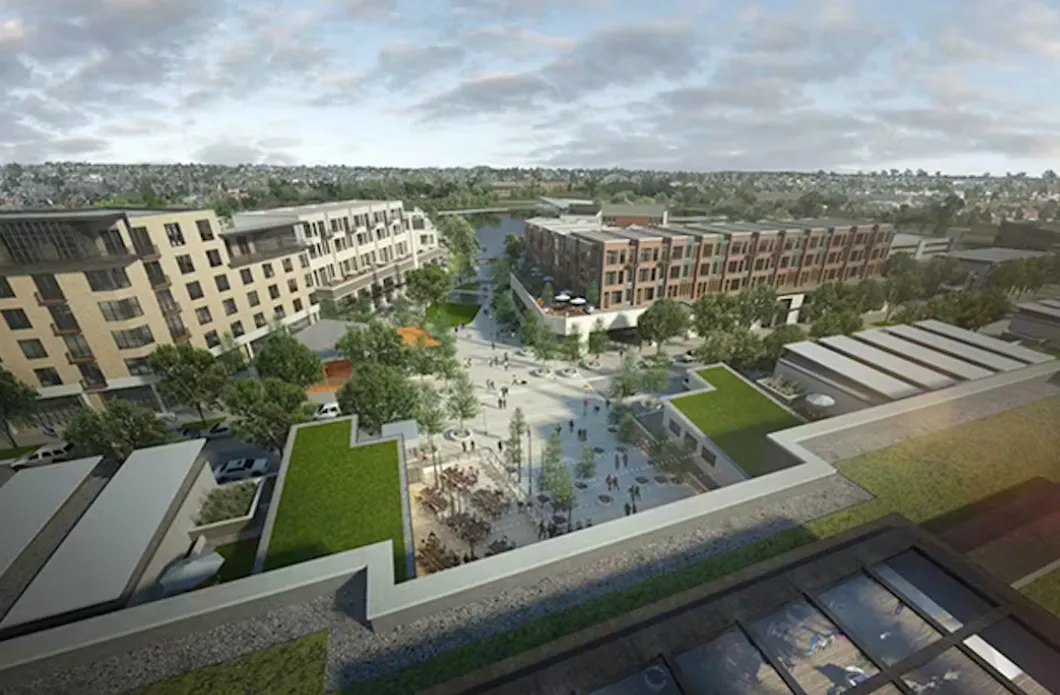Transforming the corridor
‘Catalytic’ master-planned projects dominate Broomfield, Westminster development slate

Broomfield and Westminster development is dominated by a handful of large-scale, master-planned efforts that will transform the communities.
THIS ARTICLE IS FOR SUBSCRIBERS ONLY
Continue reading for less than $3 per week!
Get a month of award-winning local business news, trends and insights
Access award-winning content today!
Already have a paid subscription?





